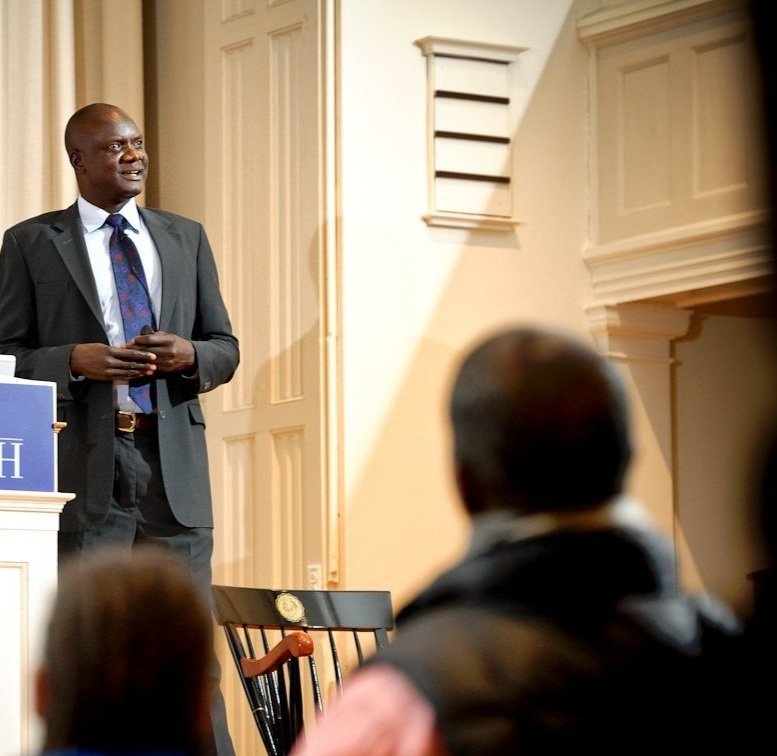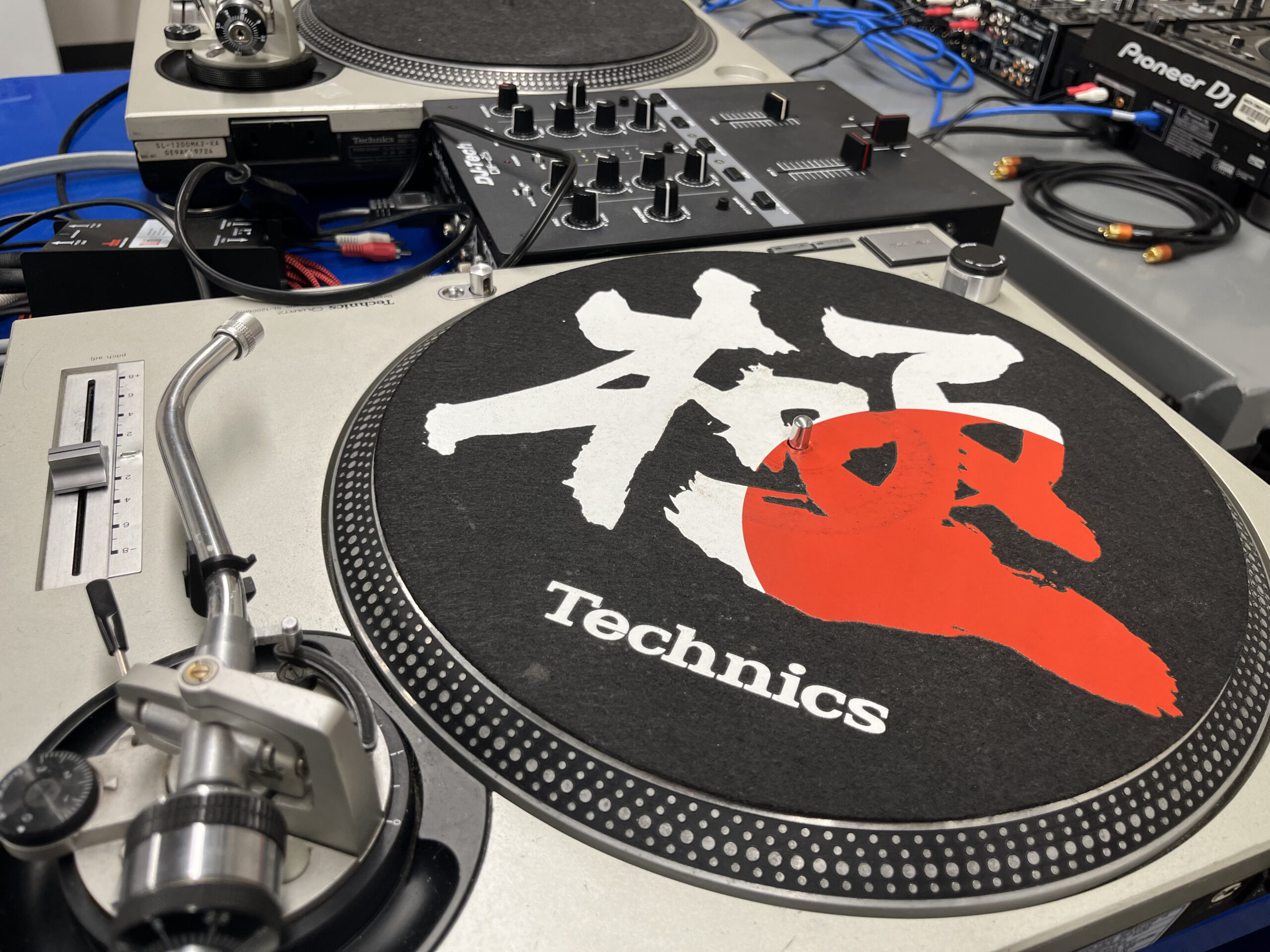Risk vs. reward: Drugs in sports
Kevin Holloway
In the modern day world of athletics one of the main problems most sports have in common is drugs. From childhood, competition is instilled in most individuals who participate in athletics.
The higher the level of competition is, it seems to be the same with the pressures to succeed. Many may face pressure from coaches, peers, or even at home to be the best at what they do.
Any edge over an opponent is what most hope to gain when experimenting with most drugs, although most of the athletes that failed drug test and violated school policies in recent years, tested positive for marijuana or alcohol.
However, more and more students are becoming involved in Human Growth Hormon (HGH), steroids, cocaine, and even heroin.
Whenever there is a dominant pitcher in baseball, a football player who may be a little too fast, too strong, the first thing that comes to mind is steroids or HGH.
Players have been widely accused of using such products in all levels of play, but, it seems to especially be a problem at the college level.
The World Anti- Doping Agency (W.A.D.A.). Many college and professional organizations banned the use of HGH all together, comparing it to anabolic steroids.
There is a blood test that was made available in 2004 by Dick Pound of W.A.D.A. to detect the abuse of HGH.
In most cases testing needs to be random, the costs are extremely expensive and not many colleges can afford to test all student athletes.
Therefore the use is at an all time high, and at an all-time low morally.
Some people even have their children on HGH from ages of five and up, like former WWE wrestler Chris Benoit.
He had his 7-year -old on it since he was five, claiming the boy was small with weak bones.
Many athletes from 18- 35 years old have died at practice and games from heart related deaths, none could be directly linked to HGH, but long term HGH use does damage the heart.
There are more problems in college athletics than HGH, such as street drugs and alcohol which both ruin too many lives.
Surveys show that over 20 percent of students have tried marijuana and even more staggering numbers for alcohol.
Being that they are easier to get and far less pricey, it would seem logical that more people used them.









